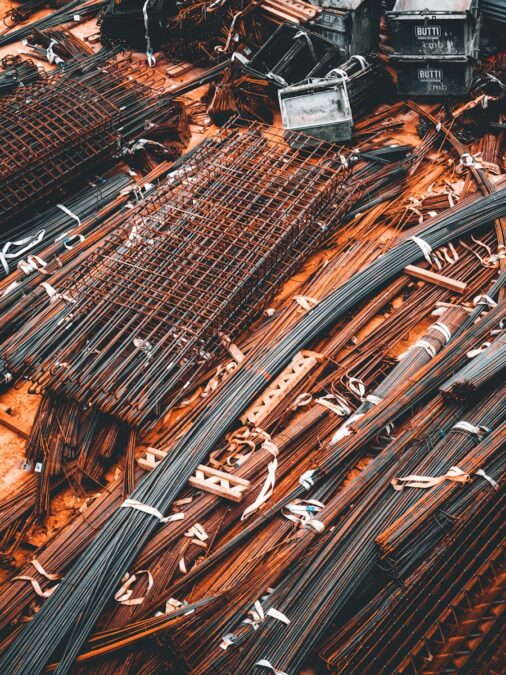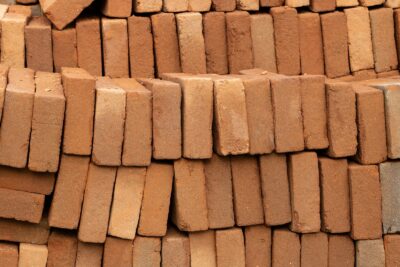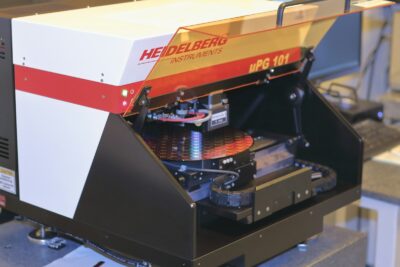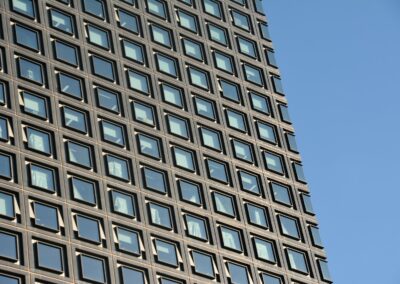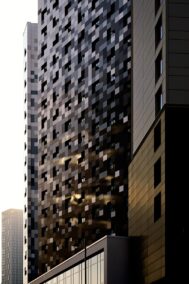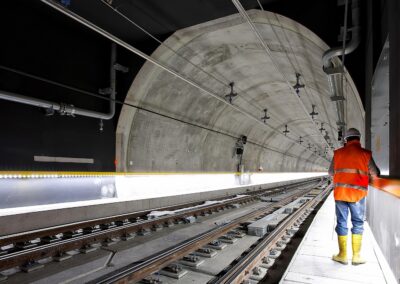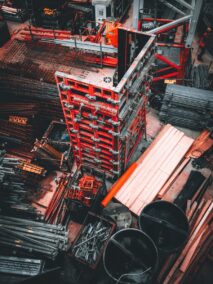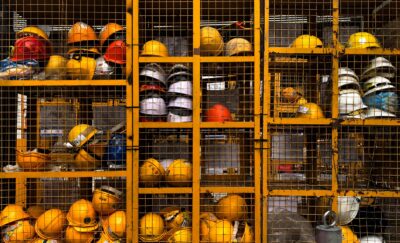The Evolution of Building Materials
Building materials have come a long way from traditional options like wood and stone to advanced composites and alloys. In Saudi Arabia and the UAE, where rapid urbanization and infrastructure development are common, there’s a growing demand for durable, high-performance building materials that can withstand harsh environmental conditions. This is where machine learning is making a significant impact. By analyzing vast amounts of data related to material properties, environmental factors, and construction techniques, machine learning algorithms can identify patterns and correlations that humans might overlook. This enables engineers and architects to design and select materials that offer optimal durability and performance, ultimately leading to safer and more sustainable built environments.
The Role of Predictive Modeling
Predictive modeling is a key application of machine learning in enhancing building material durability and performance. By training models on historical data from previous construction projects, researchers can predict how different materials will perform under specific conditions. For example, in desert climates like those found in Riyadh and Dubai, where extreme temperatures and sandstorms are common, it’s crucial to select materials that can withstand thermal expansion, erosion, and corrosion. Machine learning algorithms can analyze past instances of material failure and success to develop predictive models that guide material selection and design decisions. This proactive approach not only improves the longevity of buildings but also reduces maintenance costs and enhances overall safety.
Optimizing Material Composition and Manufacturing Processes
Another way machine learning is revolutionizing the building materials industry is by optimizing material composition and manufacturing processes. By analyzing data on the chemical composition of materials, as well as factors like temperature, pressure, and humidity during manufacturing, machine learning algorithms can identify opportunities for improvement. For example, researchers can use generative artificial intelligence (GAI) to explore a vast range of material compositions and manufacturing parameters to discover novel materials with superior properties. This iterative process accelerates innovation in the field of materials science, leading to the development of stronger, lighter, and more sustainable building materials. In addition, machine learning can optimize manufacturing processes to minimize waste, reduce energy consumption, and improve overall efficiency, contributing to a more environmentally friendly construction industry.
Advancing Sustainable Construction Practices
In Saudi Arabia and the UAE, where sustainable development is a top priority, machine learning offers opportunities to advance eco-friendly construction practices. By analyzing data on energy consumption, carbon emissions, and environmental impact throughout the lifecycle of building materials, machine learning algorithms can identify ways to minimize ecological footprints. For example, AI-powered systems can optimize building designs to maximize natural light and ventilation, reducing the need for artificial heating and cooling. Additionally, machine learning can facilitate the recycling and reuse of construction waste, minimizing landfill contributions and conserving natural resources. By integrating sustainability considerations into every stage of the construction process, from material selection to building operation, Saudi Arabia and the UAE can lead the way in creating greener, more resilient cities.
Fostering Collaboration and Innovation
Machine learning is not only transforming the technical aspects of building material design and construction but also fostering collaboration and innovation within the industry. In Riyadh, Dubai, and other urban centers, technology-driven initiatives are bringing together researchers, engineers, architects, and policymakers to tackle complex challenges facing the built environment. By sharing data, insights, and best practices, stakeholders can leverage machine learning to drive continuous improvement and innovation. Moreover, the integration of AI and blockchain technology enables transparent and secure data sharing, facilitating collaborative research projects and joint ventures. This culture of collaboration and innovation positions Saudi Arabia and the UAE at the forefront of the global construction industry, paving the way for smarter, more sustainable cities in the future.
#sustainability #construction #machinelearning #buildingmaterials #innovation #SaudiArabia #UAE

